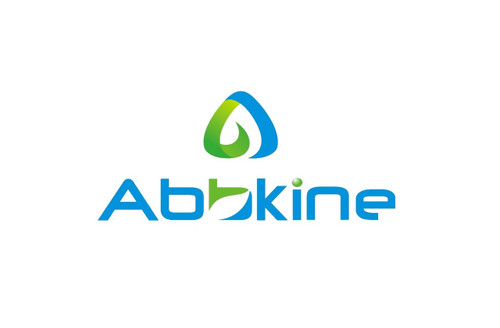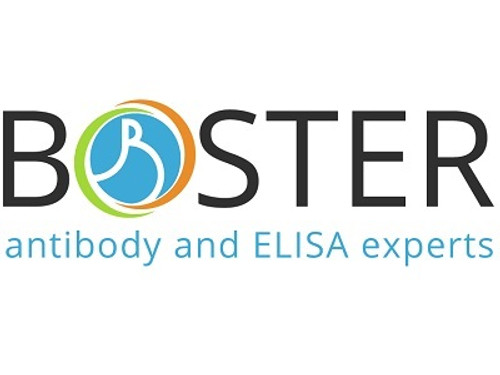Product Description
Rat Phospholipase A1 member A (PLA1A) ELISA Kit | AE27242RA | Abebio
Species Reactivity: Rat (Rattus norvegicus)
Abbreviation: PLA1A
Alternative Name: PS-PLA1; PSPLA1; phosphatidylserine-specific phospholipase A1alpha
Application: ELISA
Range: 0.156-10 ng/mL
Sensitivity: 0.055 ng/mL
Intra-Assay: ≤5.6%
Inter-Assay: ≤9.8%
Recovery: 1, 07
Sample Type: Serum, Plasma, Other biological fluids
Detection Method: Sandwich
Analysis Method : Quantitive
Test Principale: This assay employs a two-site sandwich ELISA to quantitate PLA1A in samples. An antibody specific for PLA1A has been pre-coated onto a microplate. Standards and samples are pipetted into the wells and anyPLA1A present is bound by the immobilized antibody. After removing any unbound substances, a biotin-conjugated antibody specific for PLA1A is added to the wells. After washing, Streptavidin conjugated Horseradish Peroxidase (HRP) is added to the wells. Following a wash to remove any unbound avidin-enzyme reagent, a substrate solution is added to the wells and color develops in proportion to the amount of PLA1A bound in the initial step. The color development is stopped and the intensity of the color is measured.
Product Overview: Phospholipase A1 is a phospholipase enzyme which removes the 1-acyl. Phospholipase A1 is a component of snake venom, but it also serves in normal metabolism to produce fatty acids from phospholipids. In melanocytic cells the Phospholipase A1 gene may be regulated by MITF. Phosphatidylserine-specific phospholipase A1-alpha (PLA1A) acts specifically on phosphatidylserine (PS) and 1-acyl-2-lysophosphatidylserine (lyso-PS) to hydrolyze fatty acids at the sn-1 position of these phospholipids.Although PLA1A belongs to the phospholipase gene family, the predicted amino acid sequence of the rat gene product demonstrated greater homology with mammalian triglyceride lipases than with phospholipases.
Stability: The stability of ELISA kit is determined by the loss rate of activity. The loss rate of this kit is less than 5% within the expiration date under appropriate storage condition. The loss rate was determined by accelerated thermal degradation test. Keep the kit at 37°C for 4 and 7 days, and compare O.D.values of the kit kept at 37°C with that of at recommended temperature. (referring from China Biological Products Standard, which was calculated by the Arrhenius equation. For ELISA kit, 4 days storage at 37°C can be considered as 6 months at 2 - 8°C, which means 7 days at 37°C equaling 12 months at 2 - 8°C) .
 Euro
Euro
 USD
USD
 British Pound
British Pound
 NULL
NULL








